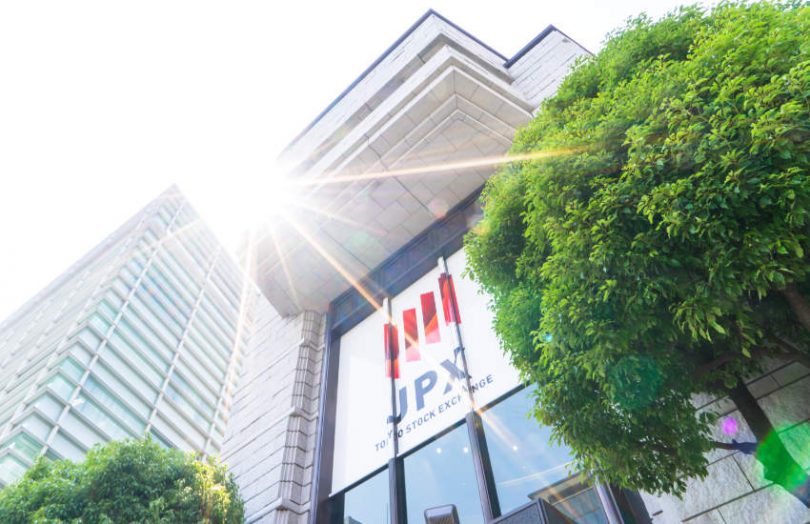Yesterday JPX, the parent of the Tokyo Stock Exchange, published a report following feedback from more than 50 companies on the blockchain-based green bond issuance it made last year. There were several positive takeaways, but the challenges are what one would expect for a migration to a new type of system. These include the current lack of on-chain settlement, the need to expand the number of participating securities firms and investors, and a lack of a secondary market.
Stepping back, JPX partnered with Nomura and Hitachi last year to issue a blockchain-based green bond using the BOOSTRY ‘ibet for fin’ blockchain network. The proceeds raised were used for biomass and solar power generation.
Hitachi’s role was to track data regarding C02 emissions reduction in real-time. In contrast, most green bonds only have annual reports, which doesn’t match the investor requirements, who often need to report quarterly at a minimum. By automating the data collection, the reporting is also far easier to publish. And data is added to the security token itself. Hence one of the panel findings was that this methodology could be used beyond green bonds for sustainability-linked bonds and other instruments.
Lack of on-chain settlement makes it less efficient
While most Japanese bonds would be settled via delivery versus payment (DvP), the tokenized bond currently settles free of payment. In other words, the securities are transferred without acknowledgment of payment which is done separately using conventional means.
Custodian banks must manually process the bond transfer and payments, making it less efficient than conventional bonds. The solution is to support payment through automated settlement with digital currencies or an external payment linkage and potentially allow custodian banks to have access to the blockchain.
Other challenges
The most pressing issue was seen as tax treatment. Conventional bonds have a waiver for Japanese withholding tax and there’s a desire to see the same for digital bonds.
There’s a need for more securities companies to participate as well as investors. But there’s a chicken and egg situation. Some securities companies might be reluctant to spend money to adapt unless there’s greater scale in the market. Despite the potential for future efficiencies, during the early stages there are more manual processes than usual. That’s in part because existing systems are designed for non-digital bonds.
Another challenge is the need for a secondary market. Investor appetite will be limited if the only option is to sell the bonds back to the underwriter. That won’t result in competitive pricing.
Meanwhile, the blockchain network BOOSTRY was originally co-founded by Nomura and JPX is now an investor. Its network includes a consortium of 15 firms.
Regarding the report, the 50 firms involved in the panel feedback included most of Japan’a biggest banks and major securities firms.






